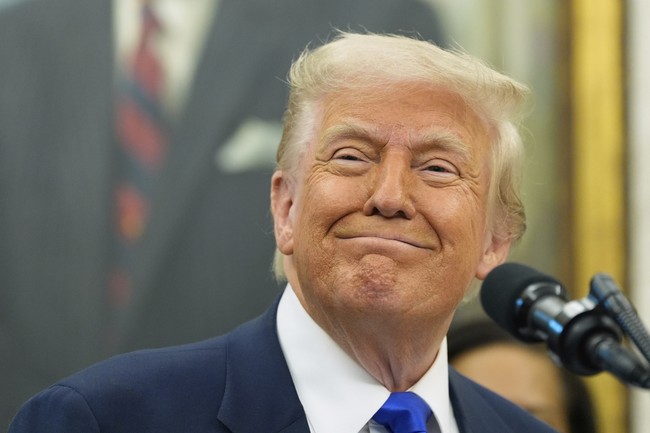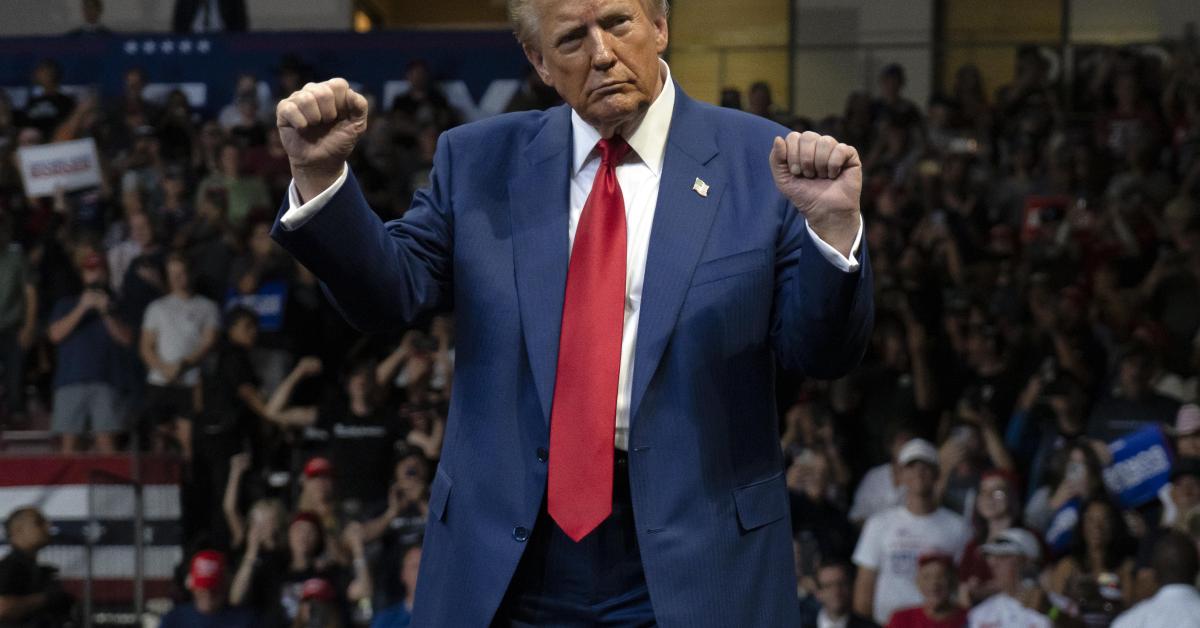The Supreme Court made a couple of big decisions, one of which touches on the issue of public funding for religious charter schools. Among these decisions, the Court allowed former President Donald Trump to fire members of the National Labor Relations and Merit System Protection Boards. In a 6-3 decision, the conservative justices agreed with Trump, while the liberal justices dissented.
This decision underscores the powers given by the Constitution to the President, especially concerning the firing of executive officers. Margot Cleveland shared on her social media that this was “another win for Trump at SCOTUS.” The case had been a long-standing legal battle, with Trump arguing for his right to remove certain officials.
Earlier, the U.S. Court of Appeals for the District of Columbia had ruled against Trump, saying that overturning the firings would harm his presidential authority. This ruling was later challenged and taken to the Supreme Court. The Supreme Court’s decision to allow the firings to proceed was seen as a significant development.
For the Trump administration, this decision was a major victory in the ongoing struggle to assert executive power. Tom Fitton of Judicial Watch described it as a “massive blow to the permanent administrative state.” The ruling could have implications for other constitutionally suspect agencies.
The Court’s majority opinion emphasized the President’s constitutional power to remove executive officers. This decision reflects the Court’s judgment that the government would face more harm from allowing removed officers to continue than from preventing them from performing their duties. This is in line with previous legal precedents.
The stay by the Supreme Court was a dramatic intervention in this case. It came after an earlier appeals court decision had temporarily “unfired” the executive officers. The Supreme Court’s intervention effectively reversed that decision.
The legal saga highlights the tension between the executive branch and independent agencies. Trump and his supporters have long argued that such agencies hold too much power and are not accountable to the President. This decision may signal a shift in how such agencies are treated.
The case has drawn attention from both sides of the political spectrum. Conservatives see it as a reaffirmation of executive power, while liberals view it as a dangerous precedent. The decision could have far-reaching consequences for the balance of power in the federal government.
While the Supreme Court’s decision is a victory for Trump, it is not the final word on the matter. The case will continue to be litigated in lower courts. However, the Supreme Court’s ruling provides a significant boost to the Trump administration’s arguments.
The decision is part of a broader pattern of rulings by the Supreme Court that have favored conservative positions. The Court has consistently sided with the Trump administration on issues related to executive power. This aligns with the views of many conservative justices.
The ruling also reflects the ideological divide within the Supreme Court. The conservative majority has been willing to overturn lower court decisions that they believe overstep constitutional boundaries. This has led to criticism from liberal justices and commentators.
Despite the controversy, the decision underscores the importance of the Supreme Court in shaping U.S. law and policy. As the highest court in the land, its rulings have a profound impact on how the government operates. This case is just one example of that influence.
The decision also highlights the challenges faced by presidents in managing the federal bureaucracy. Trump has long argued that he should have the authority to remove officials who do not align with his policies. The Supreme Court’s ruling supports that view.
For supporters of Trump, the decision is a vindication of his approach to governance. They argue that it is essential for the President to have control over the executive branch. This decision reinforces that principle.
The legal battle is not over, and further litigation is expected. However, the Supreme Court’s ruling provides a clear indication of where the justices stand on this issue. It will likely have implications for future cases involving executive power.
As the case continues to unfold, it will be closely watched by legal experts and political analysts. The outcome could shape the future of executive authority in the United States. For now, the Supreme Court’s decision is a victory for those who support a strong executive branch.



